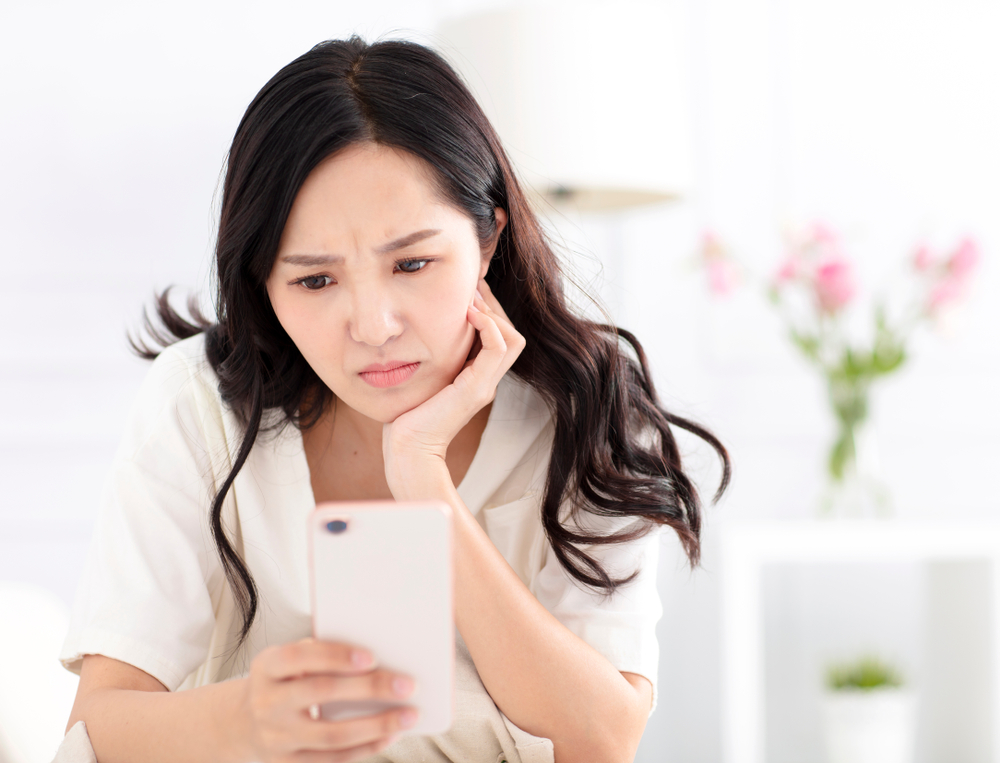Social media is very popular among teenage girls. Social media applications can be used in various activities such as sharing photos to peers or celebrities. The results showed that the majority (61%) of adolescent girls used visual-oriented social media applications, such as Instagram (Pew Research Center, 2015).
Social media has unique characteristics different from traditional media as it will have an impact on body image, such as social media displaying photos of users (not just models and celebrities). Second, users often display interesting photos, and they can be edited on their profiles on social media (Zhao, Grasmuck, & Martin, 2008). Third, social media are commonly used to interact and compare performances with peers (Carey, Donaghue, & Broderick, 2014; Fardouly et al., 2017), Fourth, people also often post content and comments related to appearance on social media. This can affect users’ feelings about their appearance (Meier & Gray, 2014). Various activities in social media are very likely to affect body image.
Body image is a multidimensional concept, including one’s views, thoughts, feelings, and behavior about one’s own body (including the whole or certain parts of the body). Negative body image or body dissatisfaction arises when there is a difference between an individual’s view of her body and her desired body. Individuals consider differences to be critical even individuals can feel pressured to extreme behavior to change the body or avoid criticism from others (Wertheim & Paxton, 2012).
Activities on social media provide media for women to make comparisons related to appearance contributing to body image problems. Fardouly and Vartanian (2015) research results show that close friends, distant friends, and celebrities, and non-family members can be a source of upward appearance comparisons for Facebook female users. Brown and Tiggemann’s (2016) study on Instagram users found that acute exposure to thin and attractive female celebrities and female peers (unknown) had a direct negative effect on women’s mood and body image.
The purpose of this study is to explore the extent to which young Indonesian female users use social media and how the use of social media affects body image through focus group discussions. First, we explore the activities carried out by participants on social media. Mainly activities related to photographs that can encourage them in making downward or upward appearance comparisons. Next, we examined the comparative effects of performance on participants’ perceptions, cognitions, and emotions underlying body image. Finally, we also explore the extent to which participants’ body images (positive or negative) influence their behavior.
Method and Results
This study used a qualitative method with eleven participants, Psychology Faculty students in semester 1 and 3 (aged 18-20 years), from a university in Surabaya. Data were collected through focus group discussions.
The results of focus group discussions indicate that the use of social media can influence body image in adolescent girls. It happens because of social media (like Instagram, Facebook, and YouTube), young women are involved in activities comparing their appearance with others consciously or unconsciously. Adolescent girls tend to compare themselves more often with figures (peers or celebrities) who are more attractive, prettier, slimmer, and taller than they are (upward appearance comparisons).
The implication for further research is that social media influence variables need to be included in the development of the model. For example, the tripartite influence model that explains body dissatisfaction, dietary behavior, and eating disorders. So we can see the magnitude of the influence of social media compared with other socio-cultural influences (family, peers, and traditional media (magazines and television)), on the problem of body image. Further research is also needed to examine the effect of media literacy as a variable expected to reduce the occurrence of upward appearance comparisons and internalization of lean standards (McLean, Paxton, & Wertheim, 2016).
Author: Monique Sukamto, Hamidah, dan Fajrianthi
Details of this research available at:
http://hubsasia.ui.ac.id/article/view/3659
Sukamto, M., Hamidah, H., & Fajrianthi, F. (2019). “Can I Look Like Her?”: Body Image of Adolescent Girls who Use Social Media. Makara Human Behavior Studies in Asia, 23(1), 60-72. DOI:10.7454/hubs.asia.1120519





